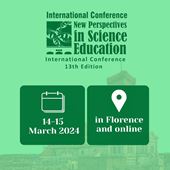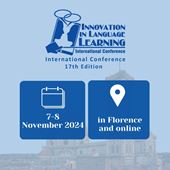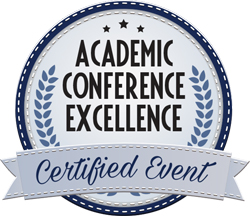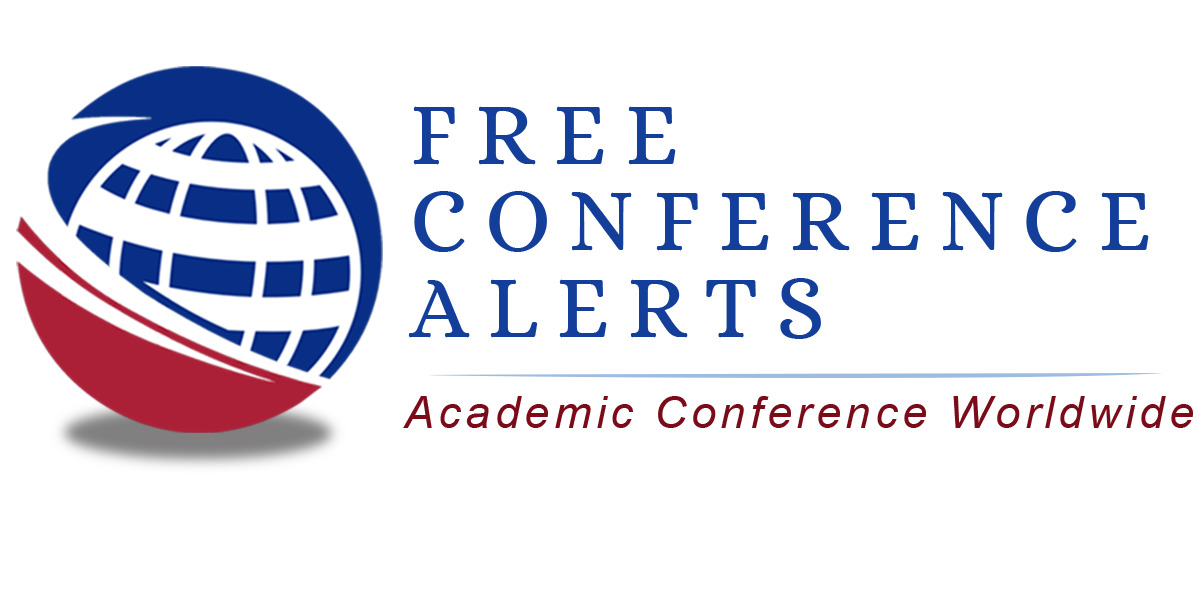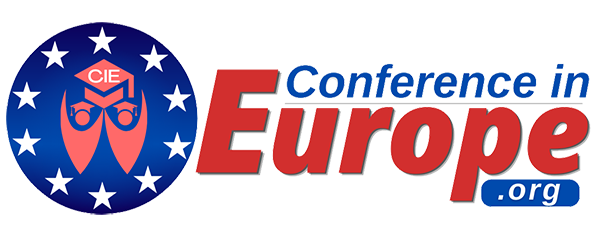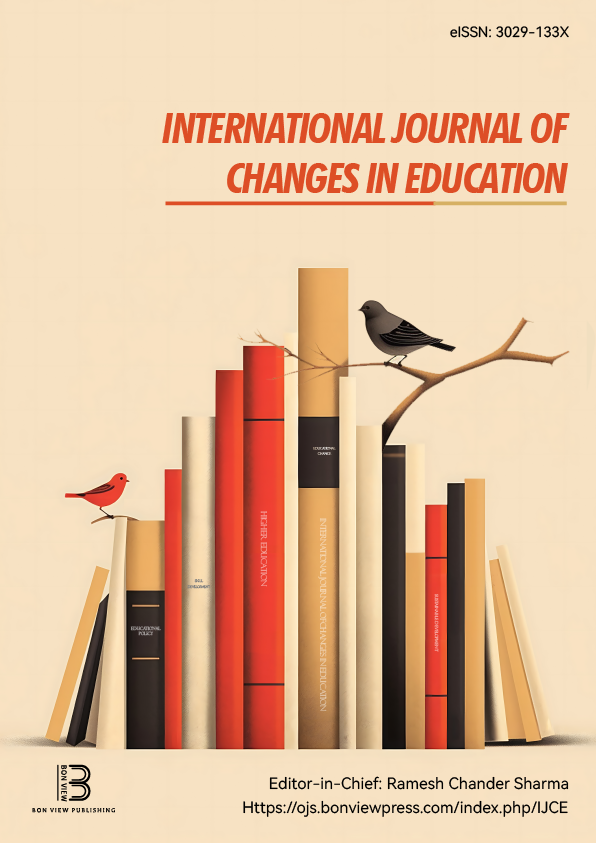Development of an Analysis Tool to Promote the Communication of Knowledge about Nanotechnology
Marie Eschweiler, University Bremen (Germany)
Doris Elster, University Bremen, Institute for Science Education, Biology Department (Germany)
Abstract
Nanotechnology is regarded as a key technology of the 21st century [Filser 2013] and brings nowadays a rapid development with it. Therefore nanotechnology represents a new perspective also for science education, which requires adequate communication of knowledge between teachers and pupils as well as between scientists and teachers. Therefore, the objective of this qualitative study is the development and empirically testing of an analysis tool to identify barriers within the communication between persons with different expertise.
The development of the analysis tool is based on the theoretical assumption that the personal view regarding new technologies is determined by the following four components: “key concepts and subject knowledge”, “perception of risk”, “beliefs and attitudes” and “understanding of nature of science” [France & Gilbert 2006]. According to the Common-Ground-Theory [Bromme 1992; Bromme & Jucks 2001] successful communication between persons of various communities (e.g. experts and lay persons, scientists and teachers, teachers and pupils) can only appear in the overlapping areas of understanding, the so-called areas of common ground.
Based on the theoretical frame an interview study was conducted with scientists in the field of nanotechnology (N = 3) and biology teachers (N = 3). The interviews were analyzed based on the paradigm of Meuser & Nagel [1991].
The findings demonstrate profound differences between scientists and biology teachers in respect to the component “key concepts and subject knowledge about nanotechnology”. One of the core teachers´ misconceptions is to make the small size a subject of discussion only. In contrast the scientists specify that due to the small size the surface of nanomaterials increases and therefore changed characteristics can occur. However, significant differences in the other three components cannot be identified between the group of scientists and the group of teachers, but differences between the individual persons. In respect to the component “perception of risk” scientists as well as teachers estimate both the risks and the chances as being high. Although there are concerns expressed in the component of “beliefs and attitudes”, all interviewed persons support the further development of nanotechnology.
References
 New Perspectives in Science Education
New Perspectives in Science Education
